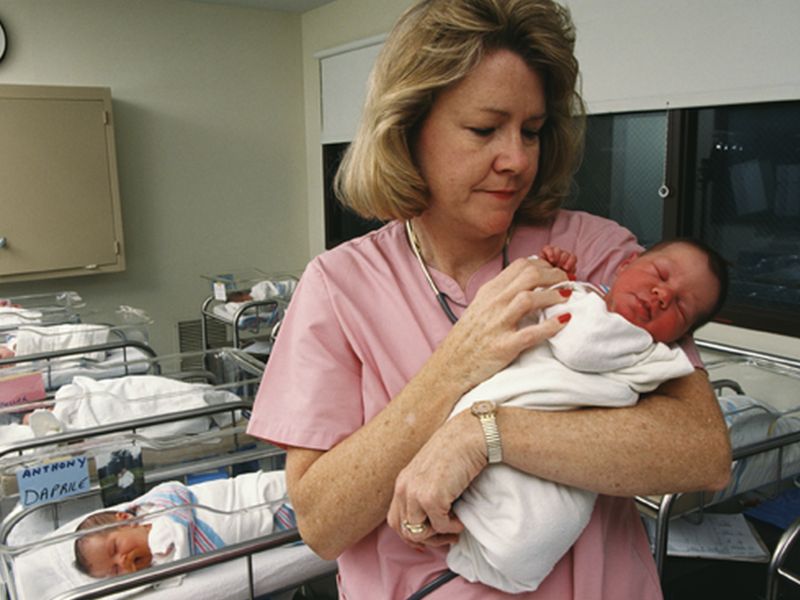About 1 in 1,000 Babies Born 'Intersex,' Study Finds

FRIDAY, May 3, 2019 (HealthDay News) -- Cases in which a newborn's genitals make it unclear whether the child is a boy or girl may be more common than once believed, researchers say.
One example of what's known as ambiguous genitalia is a baby girl with an enlarged clitoris that looks more like a small penis, the study authors explained.
In some cases, infants have external sex organs that don't match their internal reproductive organs. For example, a female infant can have external sex organs that resemble male genitals but have typical internal female organs -- ovaries and a uterus.
In these so-called "intersex" cases, treatment may be delayed until puberty or adulthood so that patients and doctors can make shared decisions, according to the study's first author, Dr. Banu Kucukemre Aydin, a researcher at Istanbul University in Turkey, and her colleagues.
For their study, the researchers analyzed data on nearly 14,200 newborns. Of those, 18 had ambiguous genitalia. That's a rate of 1.3 in 1,000 births -- much higher than the rate of one in 4,500 to 5,500 reported in previous studies, Aydin said in a news release from The Endocrine Society.
Fifteen of the newborns were diagnosed with 46, XY DSD, a condition in which a male infant can't use testosterone properly or testicles don't develop properly. Babies with the condition had lower birth weights, the investigators found. In addition, preeclampsia -- a pregnancy complication characterized by high blood pressure -- was common in those pregnancies.
"These findings support the hypothesis that early placental dysfunction and androgen deficiency might be important in the etiology of male genital anomalies," Aydin said.
The findings were recently published online in the Journal of the Endocrine Society.
More information
The Urology Care Foundation has more on ambiguous genitalia.

The news stories provided in Health News and our Health-E News Newsletter are a service of the nationally syndicated HealthDay® news and information company. Stories refer to national trends and breaking health news, and are not necessarily indicative of or always supported by our facility and providers. This information is provided for informational and educational purposes only, and is not intended to be a substitute for medical advice, diagnosis, or treatment.

